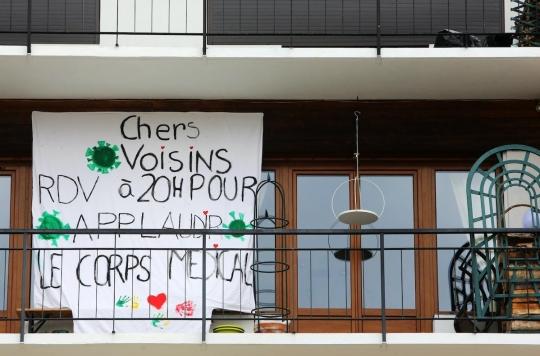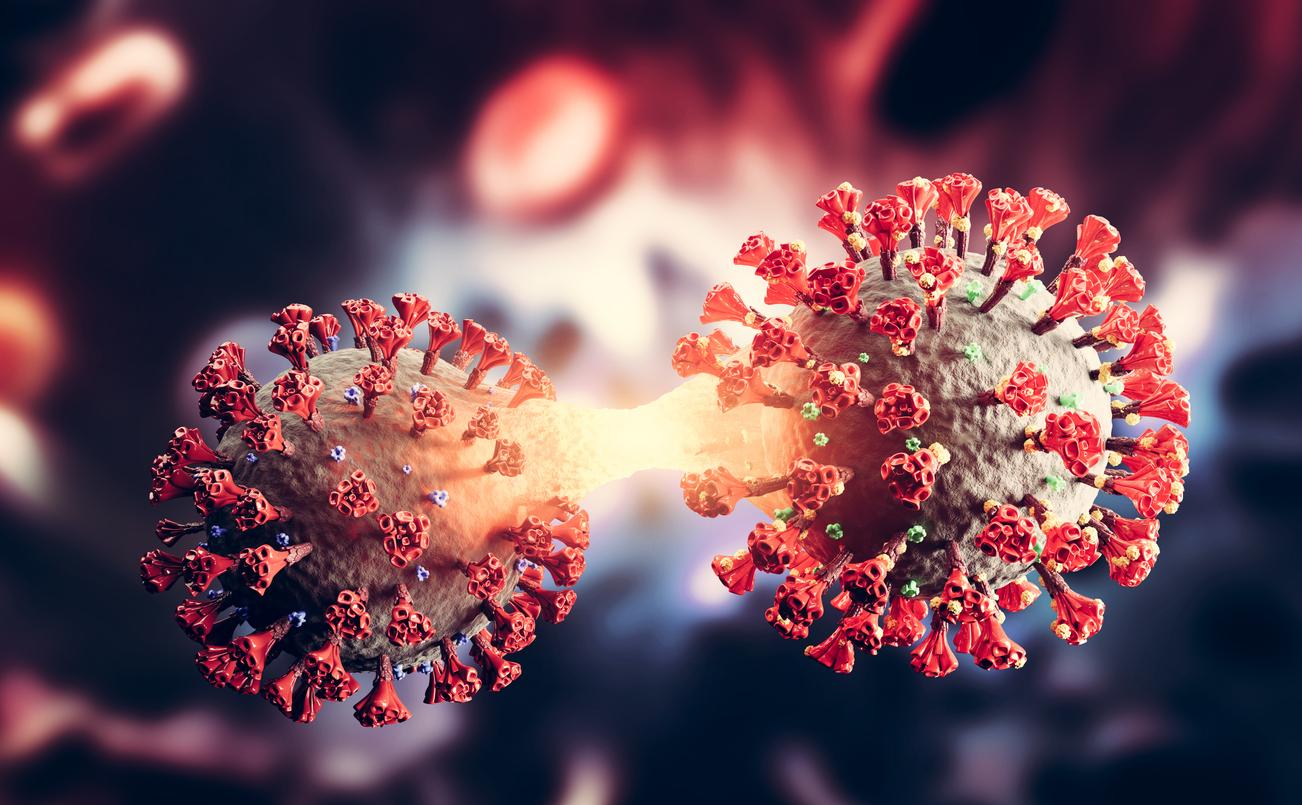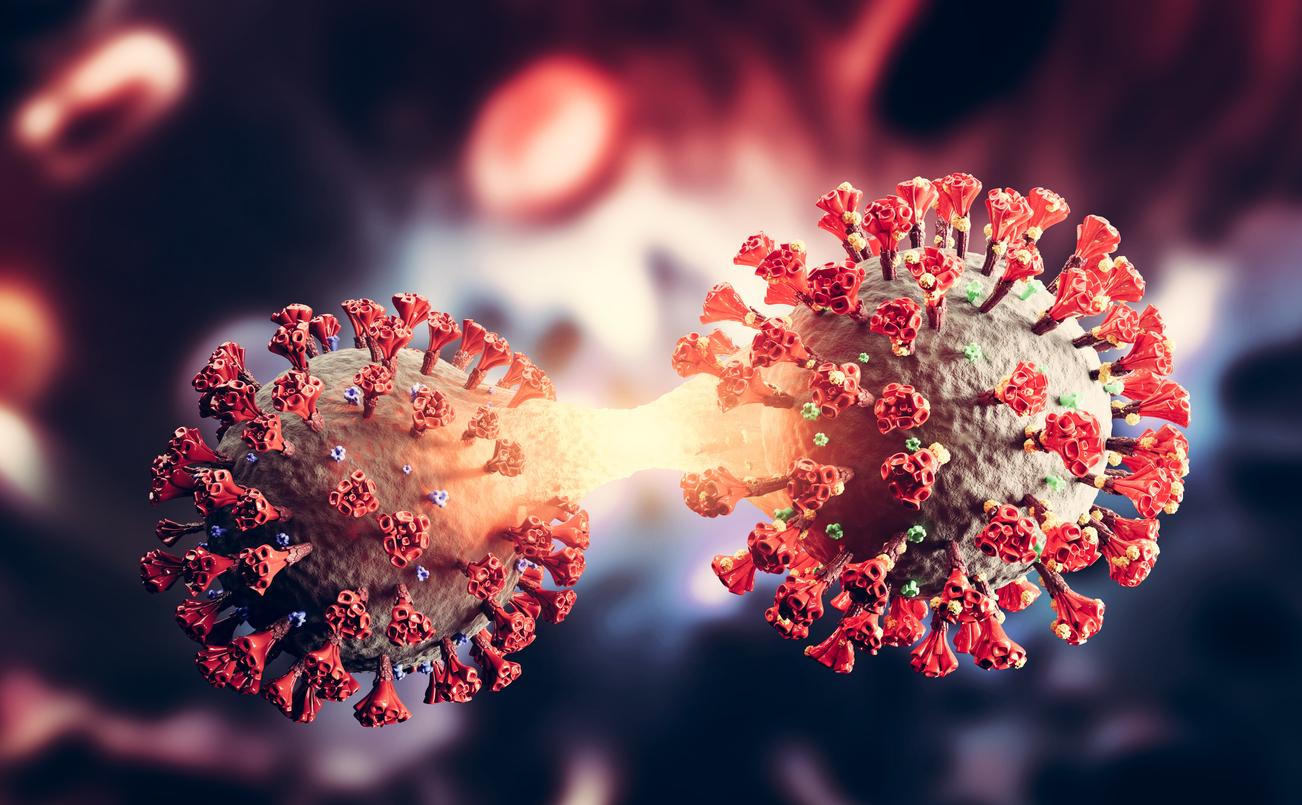Containment measures and the adoption of barrier measures have been more beneficial, in terms of the evolution of the frequency of symptoms suggestive of the disease, to the wealthy social classes than to the working classes.

- People living in cramped or overcrowded housing are 2.5 times more likely to have tested positive for Covid-19.
- 28% of women and 29% of men surveyed felt that their financial situation had deteriorated.
- The 30-50 year olds are the most infected age group with 6.9% of positives.
Two major public health surveys, launched by Inserm in early April, have just released their first results. The objective is “to study the effects of living conditions on exposure to the virus and, conversely, those of the epidemic on living conditions” during the confinement period, writes Inserm in a press release published on October 9 presenting the results. The first SAPRIS survey was carried out with 130,000 volunteers compared to 135,000 for EpiCoV, the second study.
Small homes, big cities: those most affected by confinement
The first data collected reveal that the measures taken to fight the epidemic, in particular confinement and social distancing, have contributed to widening the social gap even further between the most well-off and the least well-off. Data from the EpiCov survey showed that “people living in cramped or overcrowded housing (less than 18 m2 per person for those who share accommodation) are 2.5 times more likely to have tested positive for Covid-19”, reveals the press release. In addition, the inhabitants of the most densely populated municipalities, with at least 1,500 inhabitants per km2 for a minimum of 50,000 inhabitants, are twice as likely to have been infected. The combination of these two factors is accentuated mainly by 25-34 year olds without a diploma, at the bottom of the income scale.and among immigrants of non-European origin, reflecting phenomena of socio-spatial segregation.”
Partial unemployment has also contributed to widening social gaps. “Partial unemployment or technical unemployment measures have more affected young people and working-class backgrounds, whose relationship to employment was already fragile before the health crisis.notes Inserm. Thus, blue-collar workers, first-generation immigrants, and the less well-off financially were much more often affected by these measures than other social categories. The social distribution of these measures reveals the reality of pre-existing social inequalities.”
30-50 year olds, the most affected age group
The financial situation during the confinement period deteriorated for one in four people. 28% of women and 29% of men surveyed felt that their financial situation had deteriorated. Here again, the most concerned are the most precarious. “The social categories most affected are the professions most vulnerable to the crisis: farmers, self-employed and entrepreneurs, workers, unemployed people, but also more broadly, low-income people and first and second generation immigrants.”, adds Inserm. Executives were the least impacted by continued outside work as 15% were affected,”two times less than the general average.”
Finally, the EpiCoV survey revealed the regions of France most affected by the epidemic. She estimates that between May and early June, 4.5% of the population came into contact with the virus. In the lead, we find Île-de-France (9.2%) and the Grand Est (6.7%). At the very bottom, it is the Bourgogne-Franche-Comté region (1.5%) which displays the lowest seroprevalence rate, followed by the Centre-Val de Loire region and Normandy (1.9%). Finally, the two studies reveal that 30-50 year olds are the most infected age group with 6.9% of positives. “These two studies also show a regular decrease in positivity after the age of 50, which does not prevent the fact that, among people suffering from Covid, mortality is higher in those over 70..”

.

















